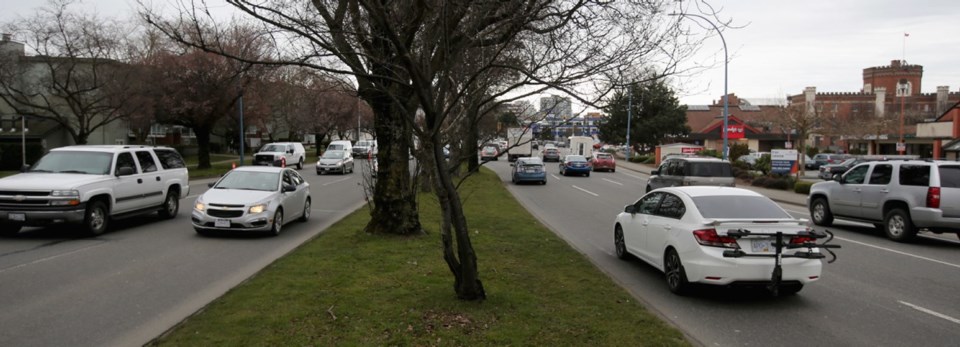The formal federal election call was made Sept. 11, but there was a moment in B.C. two days earlier that weighs heavily on one of the major elements of the campaign — climate change.
B.C. watches that aspect from a unique position. The province formally recognized it as a crisis earlier than most — Gordon Campbell, when he was premier, declared “war” on climate change 12 years earlier in a floridly dramatic throne speech. The “war” ebbed and flowed over that time, but B.C. has made a determined and fairly sustained effort on numerous fronts to reduce greenhouse-gas emissions.
There were legislated reduction targets. The government as an entity was mandated to become carbon neutral, and did so. Local governments and virtually all public entities were encouraged/coerced to do the same. Measures were taken in nearly every sector at considerable cost to retool, rethink and reduce emissions.
The unique carbon tax was the flagship policy. While the succeeding Christy Clark government let the rate coast, the tax is now on an NDP escalator. It stands as a symbol of dozens of other measures that amount to a long-haul commitment to cut emissions. So the climate change campaign started earlier than in other provinces and was more ambitious than others. There aren’t many major policy shifts that have been sustained over such a long haul.
The problem — confirmed in a low-key provincial report released Sept. 9 — is that it isn’t working.
The annual inventory of emissions for 2017 (it takes two years to assemble the information) showed that total emissions were up 1.7 per cent from the previous year.
The current annual total, after subtracting some offsets for forestry, is just two per cent lower than it was in 2007, when the official crusade started in earnest.
Under the original schedule, it is supposed to be almost 30 per cent lower now.
But that target was recognized as impossible a few years ago and abandoned.
So after a decade of concerted action on multiple fronts, B.C. is emitting 64.5 million tonnes of carbon dioxide equivalents a year, virtually exactly where it was at in 2007.
The report does some statistical gymnastics to stay optimistic.
If you measure the amount of emissions per every million dollars of gross domestic product, for instance, B.C. is producing, consuming and trading in a lot more stuff with almost 20 per cent fewer emissions.
But the count doesn’t include wildfires, which in a bad year can dwarf all the emissions measured.
There’s no specific villain to finger for the lack of progress.
Most industrial sectors reduced their emissions, while increases were measured in manufacturing and residential.
It’s modern life that is to blame. That’s not the kind of thing campaigning federal politicians want to proclaim, but they’re all aware of it.
The provincial count is “based primarily on the federal government’s National Greenhouse Gas Inventory Report” which it submits to the UN for the global count.
What the B.C. report suggests is that making real progress on cutting emissions would entail drastic curtailments of the economy and our way of life that would once have been considered unthinkable. Again, that’s not the kind of thing an aspiring prime minister is going to tell the next town hall meeting.
Provincial officials knew the trend line well before numbers were finalized. The NDP government responded late last year with a renewed push, called CleanBC.
It’s a massively-subsidized shift to electricity from oil. The highest-profile change will be that selling new gas passenger cars will be outlawed by 2040. The government will give buyers thousands of dollars to go electric, plus spend millions more on charging stations.
That and other policies will force electrification on a scale that can hardly be imagined.
There’s a gloss of optimism on the new plan. But officials acknowledged up front that all the measures announced still leave us 25 per cent short of the goal.
Making up that shortfall is going to involve curtailments, reductions and downsizing expectations, the last things anyone wants to talk about in an election campaign.



